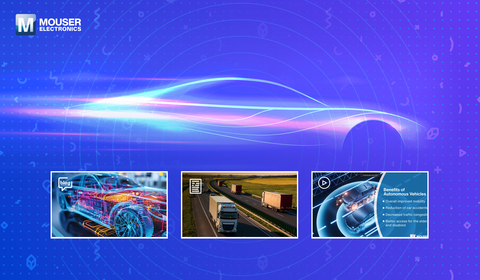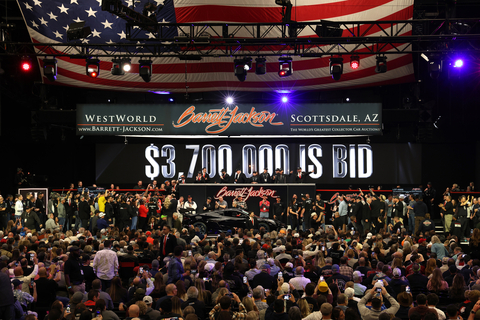
As the automotive industry works towards producing viable electric vehicles for public use, a consortium of leading energy suppliers and electronic companies in Denmark is looking at the bigger picture.
Their focus is the challenges which come with the wide-spread adoption of electric vehicles – including the extra strain that re-charging the vehicles will put on countries’ electric grids. One of the solutions to this problem would be the construction of new power plants. However, this is an enormous economic investment for a relatively small return.
According to Maja Felicia Bendtsen, Civil Engineer at regional energy company, Oestkraft, “Building new power plants is not good business for a country because the vehicles will require extra energy during peak times, but there may be an over-production of energy during off-peak times.” The solution would be to ensure that electric vehicles are plugged into the power grid during off-peak times – at night.
There solution is not quite as simple as that, however. New power infrastructure thinking is necessary because – to put it in simple terms – if lots of electric cars all plugged into the grid for recharging in an uncontrolled and unmanaged way, it could easily lead to situations where the grid could be swamped with demand. To avoid this, a new breed of infrastructure needs to be developed so that electric cars can communicate intelligently with the grid to dynamically determine the time periods when charging can take place. This will be influenced by fluctuating power inputs to the grid from renewable energy sources like wind, as well as cumulative demand on the grid at any point in time.
The EDISON (Electric Vehicles in a Distributed and Integrated Market using Sustainable Energy and Open Networks) project has been formed to find solutions to these and other electric vehicle challenges. Officially launched on in February this year, EDISON partners include IBM, Denmark’s largest energy company DONG Energy, the regional energy company of Oestkraft, Technical University of Denmark, Siemens, Eurisco and the Danish Energy Association.
The Danish government has also agreed to fund part of the project because of the potential environmental benefits of electric vehicles. The government has introduced marketing and investment plans in the country and hopes that over 10% of the vehicles in the country will be either electric or hybrid in the next few years.
The EDISON project has three phases: research, technological development and demonstration. The demonstrations will take place on the Danish island of Bornholm in the Baltic Sea. The island, with just 40,000 inhabitants, relies mostly on wind energy with only one sea cable connecting it to the national power grid. This will allow researchers to study the effects of an increased number of electric vehicles.
The EDISON project aims to develop smart technologies that synchronise the charging of electric vehicles with the availability of power in the grid. The project will also ensure overall grid stability and support the increased use of renewable energy. “Electric vehicles are one of the technologies we can use to incorporate renewable energy into transportation. That is why we are making it possible for electric cars to enter the market in order to replace conventional fuel. Projects like EDISON show how it’s possible to create sustainable solutions in real life,” says Connie Hedegaard, Danish Minister of Climate and Energy.
So far, the EDISON project has analysed a converted Fiat Panda and a converted Fiat Scudo for testing purposes. It has also reviewed the performance of a Tesla Roadster. “The number of electric vehicles on the market today is quite limited,” says Bendtsen. “Ideally we would like to work with original electric vehicles instead of converted ones, but there are few that are affordable and that meet our specifications.”
Bendtsen says the EDISON project requires electric vehicles that fit into the needs of consumers. “They must be able to travel over 100km per hour and carry more than two adults,” he says. “This is why Ostkraft has ordered a converted Fiat Panda instead of a Think City.”
Bendtsen is very positive about the commercial introduction of electric vehicles, “Consumers might be worried about electric vehicles being dull and lacking in performance, but they will be surprised by the latest vehicles emerging from the markets. When you add good performance to better energy utilization, reduced pollution and low noise levels then there shouldn’t be anything stopping the onward march of electric vehicles.

















More Stories
How Diesel Pickups Are Outperforming Gas Trucks on Tough Jobs
Essential Steps To Help Your Vehicle Retain Value
Meet Rita Case – recipient of 2024 NAMAD Lifetime Achievement Award